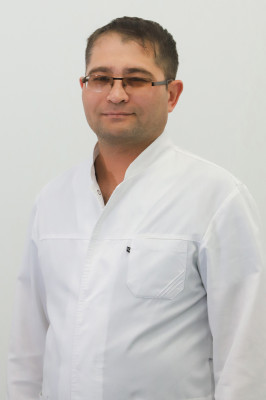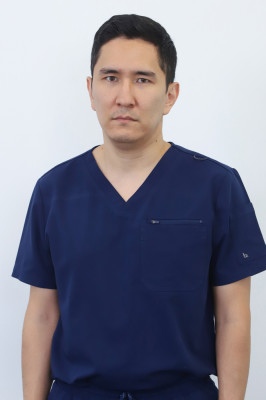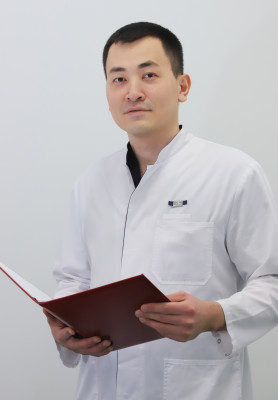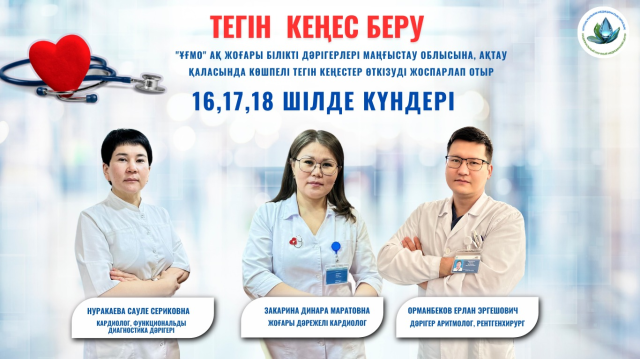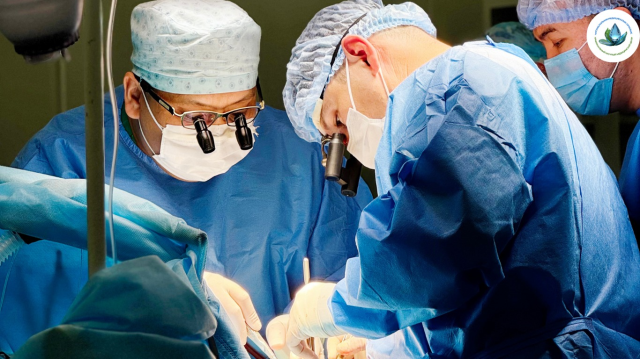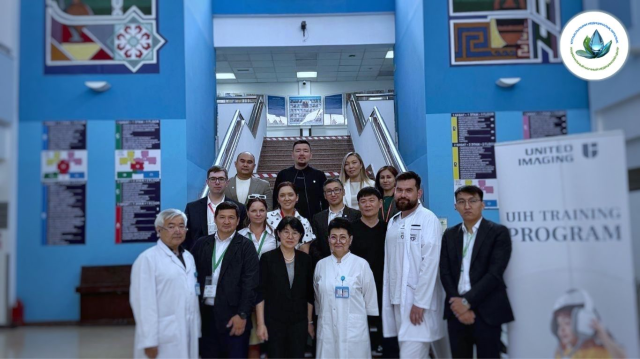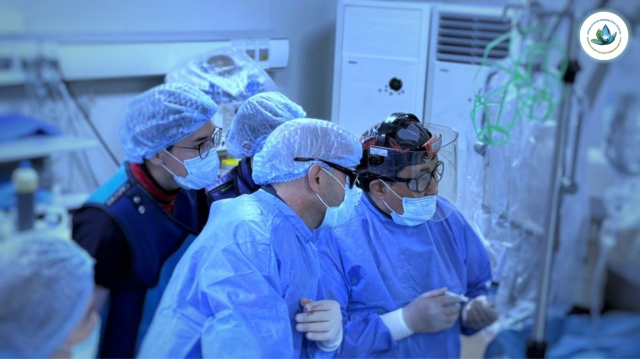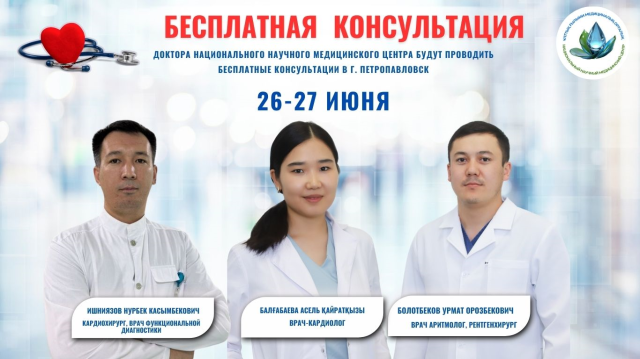The main mission of the Department of Urology is to provide highly specialized and advanced urological care to both citizens and patients from various regions of the Republic of Kazakhstan and foreign citizens. To achieve this goal, our center uses modern and high-quality equipment that meets the most stringent international standards. The department employs experienced and highly qualified specialists who have been trained in leading clinics in Israel, Korea and Russia.
Symptoms for which it is necessary to consult an urologist:
- PAIN IN the SCROTUM is an obvious symptom of problems in the genitourinary system at any age. If this symptom appears, you should contact a urologist for consultation and ultrasound examination.
- LOWER BACK AND KIDNEY PAIN — throughout life, everyone experiences pain in the lumbar region of the back to one degree or another. However, regular pain, especially on the one hand, can be a symptom of serious diseases, including kidney disease.
- PAIN DURING URINATION — usually caused by an inflammatory process in the urinary tract in women or the genitourinary system in men. Unpleasant sensations may be manifested by burning or itching.
- DIFFICULTY URINATING — problems with urination require mandatory medical attention, since this symptom is a consequence of urological diseases, and there is a danger of complete closure of the urethra, which will require emergency urine diversion through a tube in the abdomen.
- BLOOD IN THE URINE — an admixture of blood in the urine, or hematuria, is a threat and requires immediate treatment by a urologist.
- SWELLING (ENLARGEMENT) TESTICLES — the most common cause of scrotum enlargement is varicose veins (varicocele) and hydrocele.
These diseases can occur due to congenital features or inflammatory processes that lead to edema of the venous system or accumulation of serous fluid, respectively.
- DECREASED POTENCY — erectile dysfunction is experienced by many men, and even with serious disorders, not all go to the doctor. However, erectile dysfunction can be an independent disease or a consequence of other urological diseases.
- FREQUENT URINATION — frequent urination, in most cases, occurs due to inflammatory or tumor processes in the genitourinary system.
- PREMATURE EJACULATION (EJACULATION) — premature ejaculation is a sexual dysfunction that consists in the inability to control ejaculation sufficiently to obtain satisfaction from both partners from sexual intercourse.
Diseases that are treated in the urological department
The number of the post office is +7 (7172) 577-433


